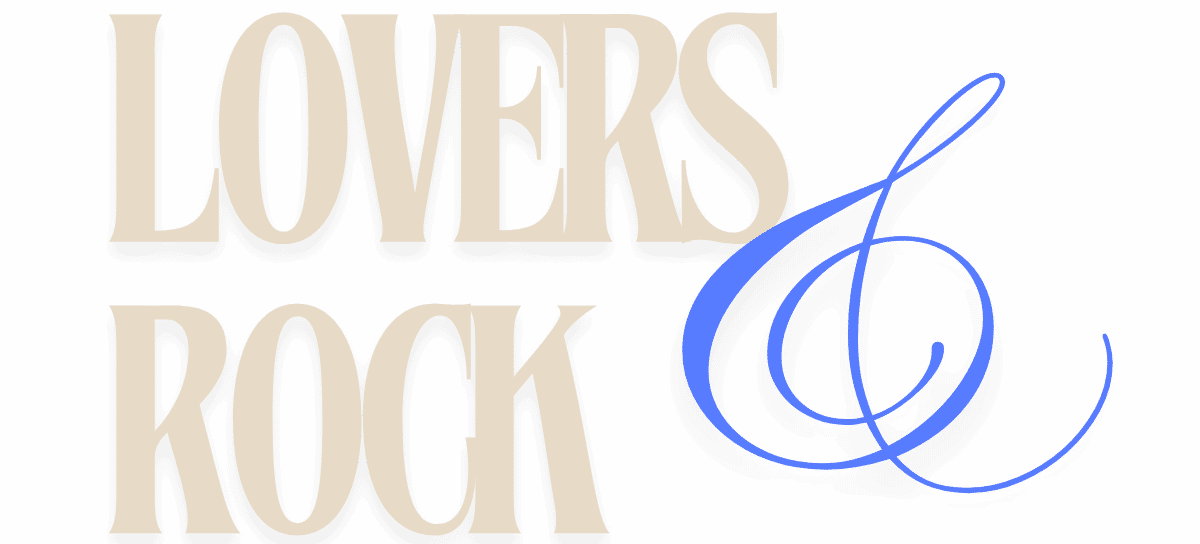Planning a trip to New York City can feel overwhelming with so many iconic attractions, diverse neighborhoods, and endless dining options. Having visited the Big Apple multiple times, I’ve learned what works and what doesn’t when exploring this vibrant metropolis. From navigating the subway system to finding affordable accommodation, here are my tried-and-tested tips for creating an unforgettable NYC adventure.
Best time to visit New York City
The ideal time to experience New York depends largely on your preferences and tolerance for crowds and weather conditions. Spring (April to June) and fall (September to November) offer the most pleasant temperatures, with blooming gardens in spring and stunning foliage in fall. Central Park transforms during these seasons, providing picturesque backdrops for your vacation photos.
Summer brings hot, humid conditions but also enables enjoyable outdoor activities like free concerts in the parks and outdoor dining. Winter delivers a magical atmosphere with holiday decorations and potential snowfall, though temperatures can drop significantly. The December holiday season showcases NYC at its most festive, with the Rockefeller Center Christmas tree and elaborate department store windows.
Consider these factors when scheduling your visit:
- Budget constraints (January and February offer lower hotel rates)
- Specific events you want to experience (Thanksgiving Parade, New Year’s Eve)
- Weather preferences (mild, hot, or cold)
- Tolerance for crowds (summer and holidays are busiest)
- Shopping interests (sales seasons vary throughout the year)
My personal recommendation is early October when the weather remains mild, summer crowds have dispersed, and hotel rates haven’t yet risen for the holiday season. If you’re planning a longer journey through America, check out what to pack for a 10-day road trip to ensure you’re prepared for various destinations.
Getting around the city efficiently
New York’s comprehensive public transportation system makes navigating the city surprisingly straightforward once you understand the basics. The subway operates 24/7 and remains the fastest and most economical way to travel between neighborhoods and boroughs. Purchase a MetroCard upon arrival—the 7-day unlimited option proves cost-effective for most tourists.
While yellow taxis provide the quintessential NYC experience, rideshare services like Uber and Lyft often deliver comparable or better pricing. For budget travelers, consider walking between nearby attractions—many popular sites cluster within walkable distances. The grid layout of Manhattan streets makes navigation intuitive once you grasp that streets run east-west while avenues run north-south.
When planning daily itineraries, group activities by neighborhood to minimize travel time. For example, combine the Statue of Liberty with Wall Street and the 9/11 Memorial in one day since they’re all in Lower Manhattan. Similarly, visit Central Park, the Metropolitan Museum of Art, and the Guggenheim together since they’re all on the Upper East Side.
| Transportation Option | Pros | Cons |
|---|---|---|
| Subway | Fast, affordable, avoids traffic | Can be confusing for first-timers |
| Bus | Scenic views, above ground | Slower, subject to traffic |
| Taxi/Rideshare | Convenient, direct routes | Expensive, traffic delays |
| Walking | Free, immersive experience | Time-consuming, weather dependent |
Download transit apps like CityMapper or Google Maps for real-time updates on subway statuses and fastest routes. These tools prove invaluable when service changes occur, which happens frequently on weekends.
Accommodation strategies that won’t break the bank
Accommodation typically consumes the largest portion of your New York City budget. Hotels in Manhattan, especially around Times Square and Midtown, command premium prices but provide unmatched convenience. Consider alternative neighborhoods like Long Island City in Queens or Downtown Brooklyn, which offer lower rates while remaining just a short subway ride from major attractions.
Vacation rentals through platforms like Airbnb can provide more space and kitchen facilities, though be aware that many short-term rentals in NYC operate in legal gray areas. For budget travelers, hostels in neighborhoods like the Upper West Side offer dormitory-style accommodations at significant savings.
When booking accommodations, prioritize proximity to subway stations over proximity to specific attractions. A hotel near an express subway stop might place you just 15 minutes from Times Square while costing substantially less than accommodations in the heart of the tourist district.
If you’re trying to minimize expenses across your entire trip, check out advice on how to plan a cheap road trip which includes valuable money-saving strategies applicable to city stays as well.
Making the most of your New York experience
Beyond the obvious attractions like the Empire State Building and Times Square, New York reveals its true character through neighborhood exploration and local experiences. Reserve at least one day for wandering without a strict itinerary—perhaps through the cobblestone streets of the West Village or the cultural enclaves of Queens.
For significant savings on major attractions, investigate discount passes like the New York CityPASS or the Explorer Pass. These packages offer bundled admission to popular sites at reduced rates. Additionally, many museums feature “pay-what-you-wish” hours or completely free admission on specific days.
When it comes to dining, balance iconic establishments with neighborhood gems. While trying a classic New York pizza or bagel is essential, venture beyond tourist areas to discover authentic ethnic cuisines in neighborhoods like Flushing (Chinese), Jackson Heights (Indian and South American), or Arthur Avenue in the Bronx (Italian).
Finally, embrace New York’s energy by including evening activities in your itinerary. From Broadway shows to rooftop bars with skyline views, the city transforms after dark. Many attractions, including the Empire State Building and museums like MoMA, offer extended evening hours with smaller crowds and sometimes discounted admission.

